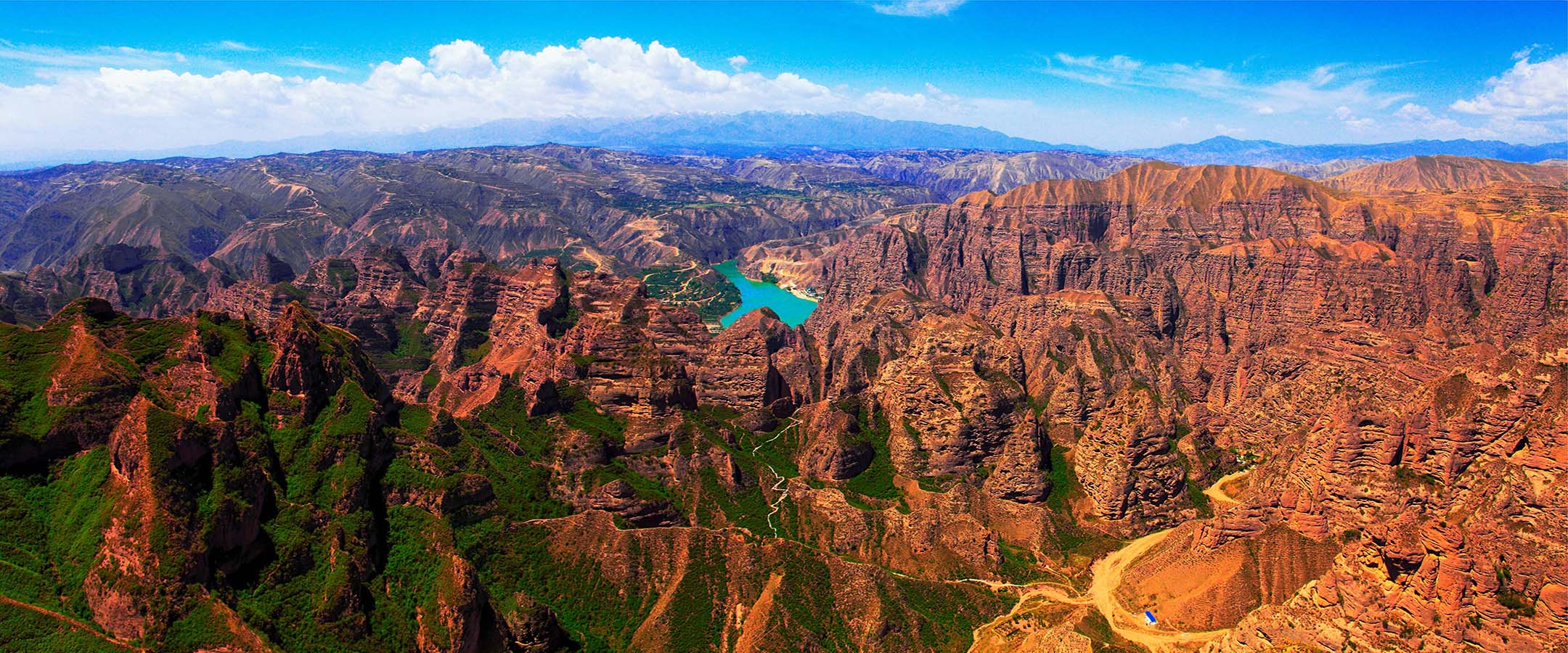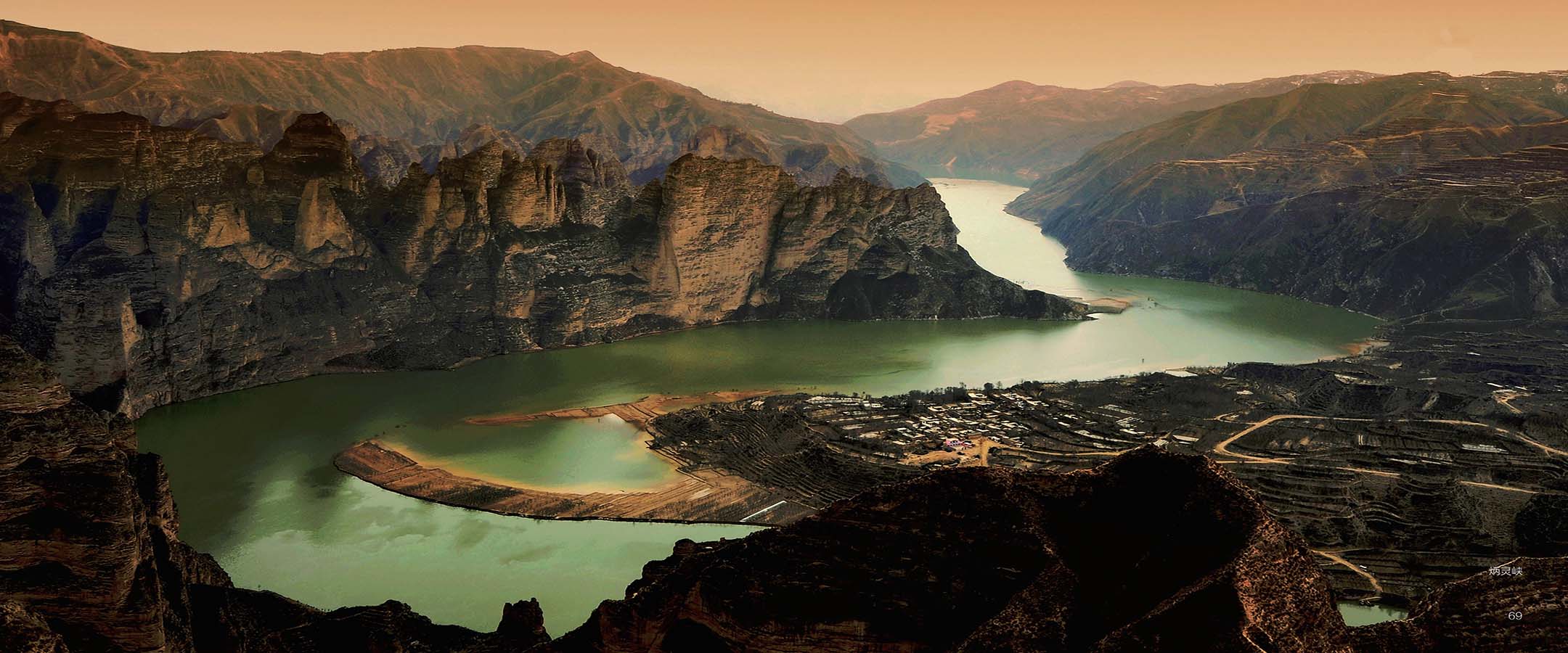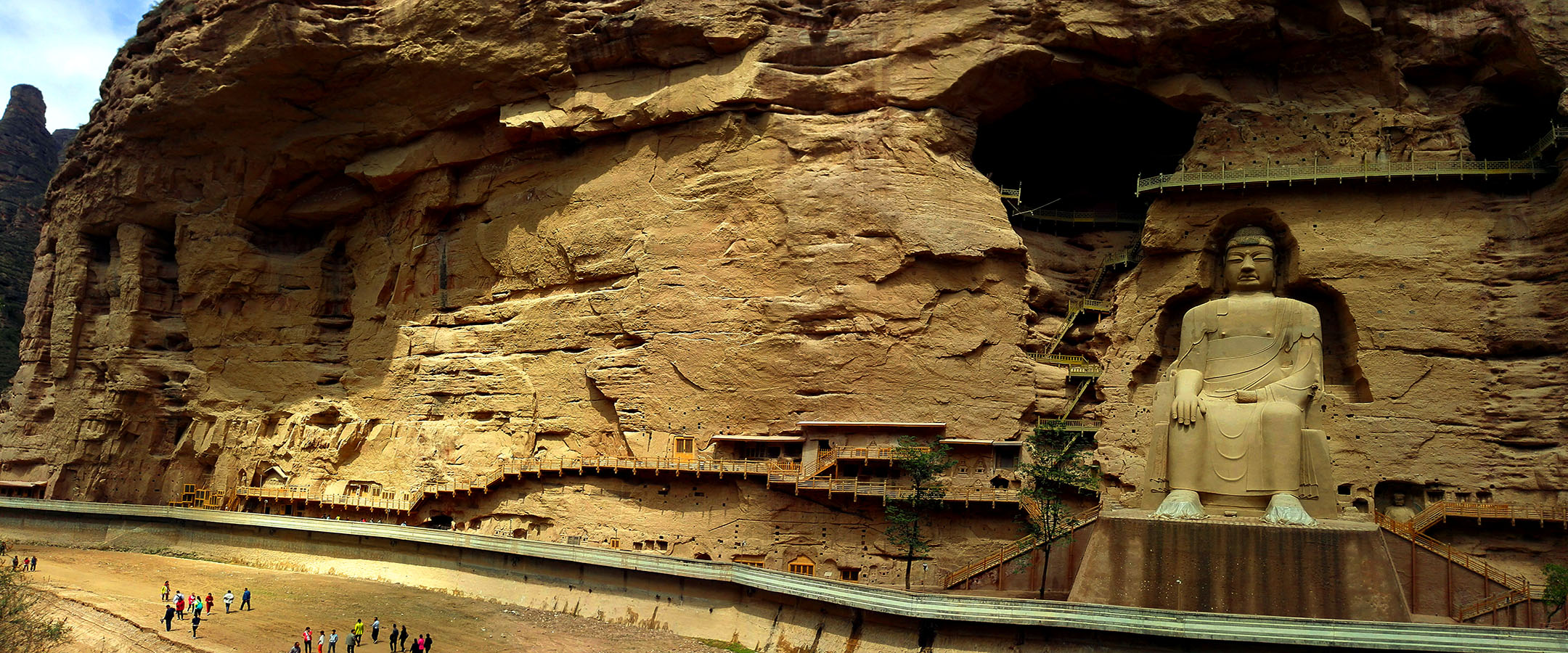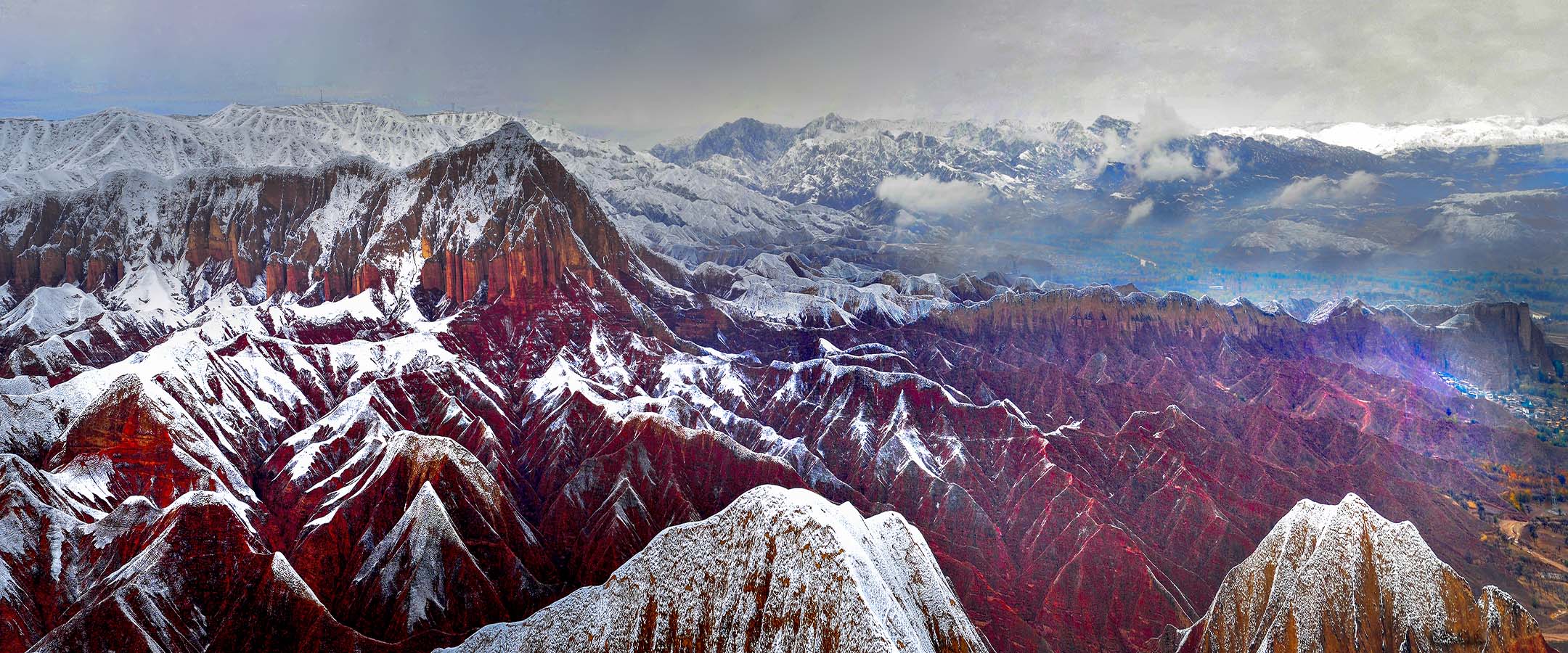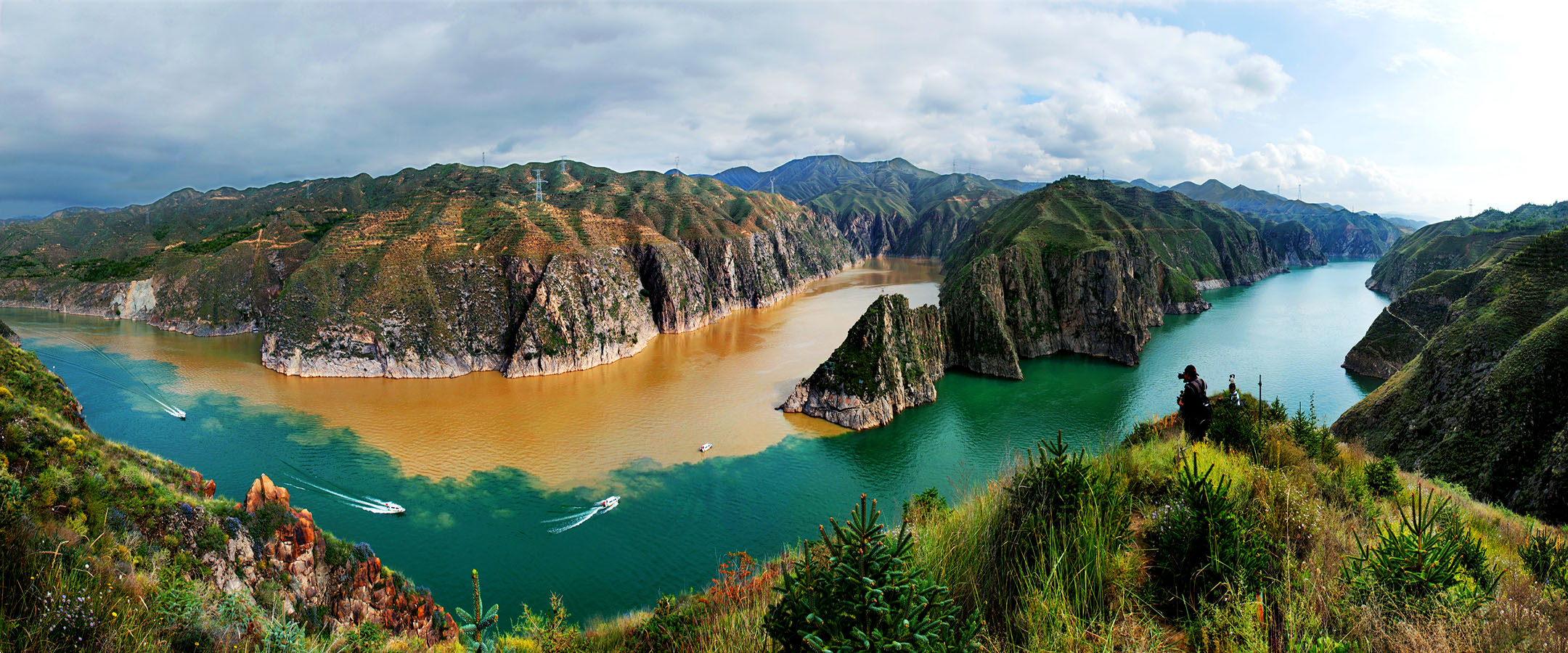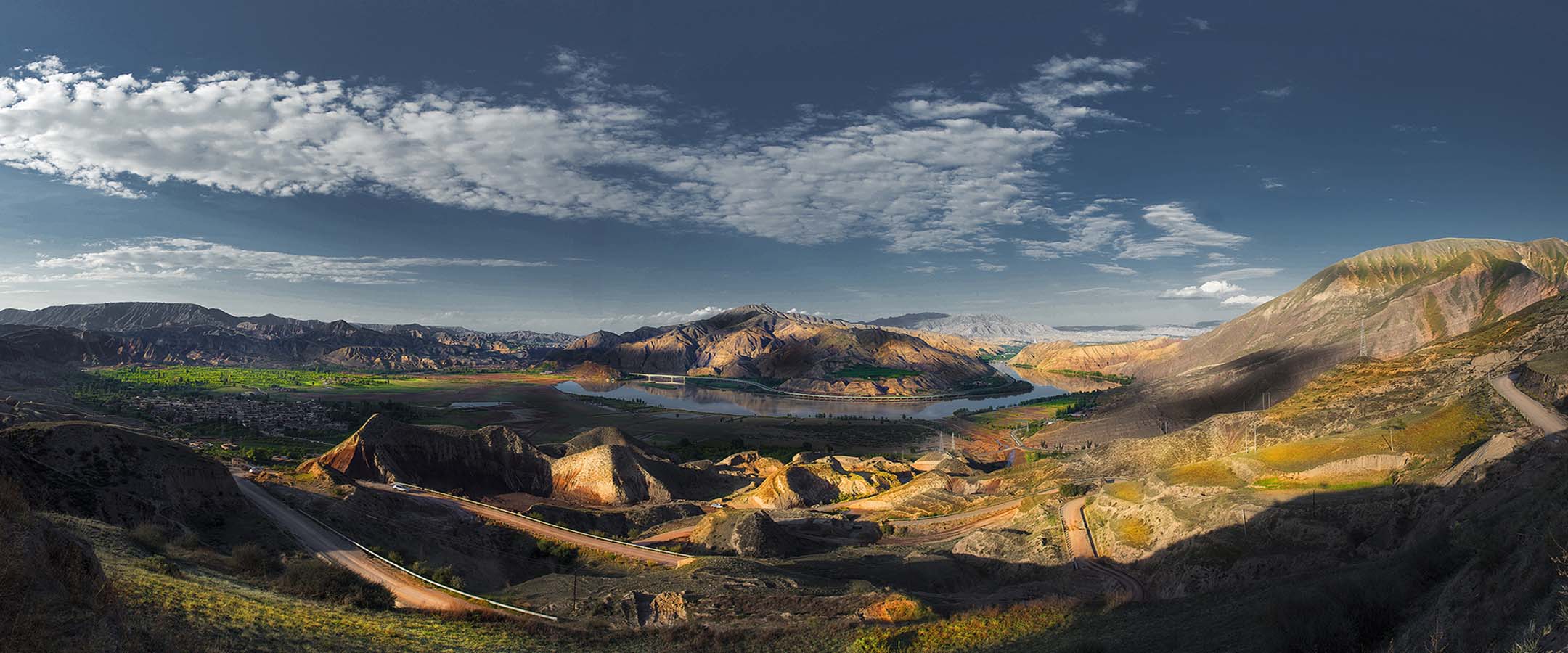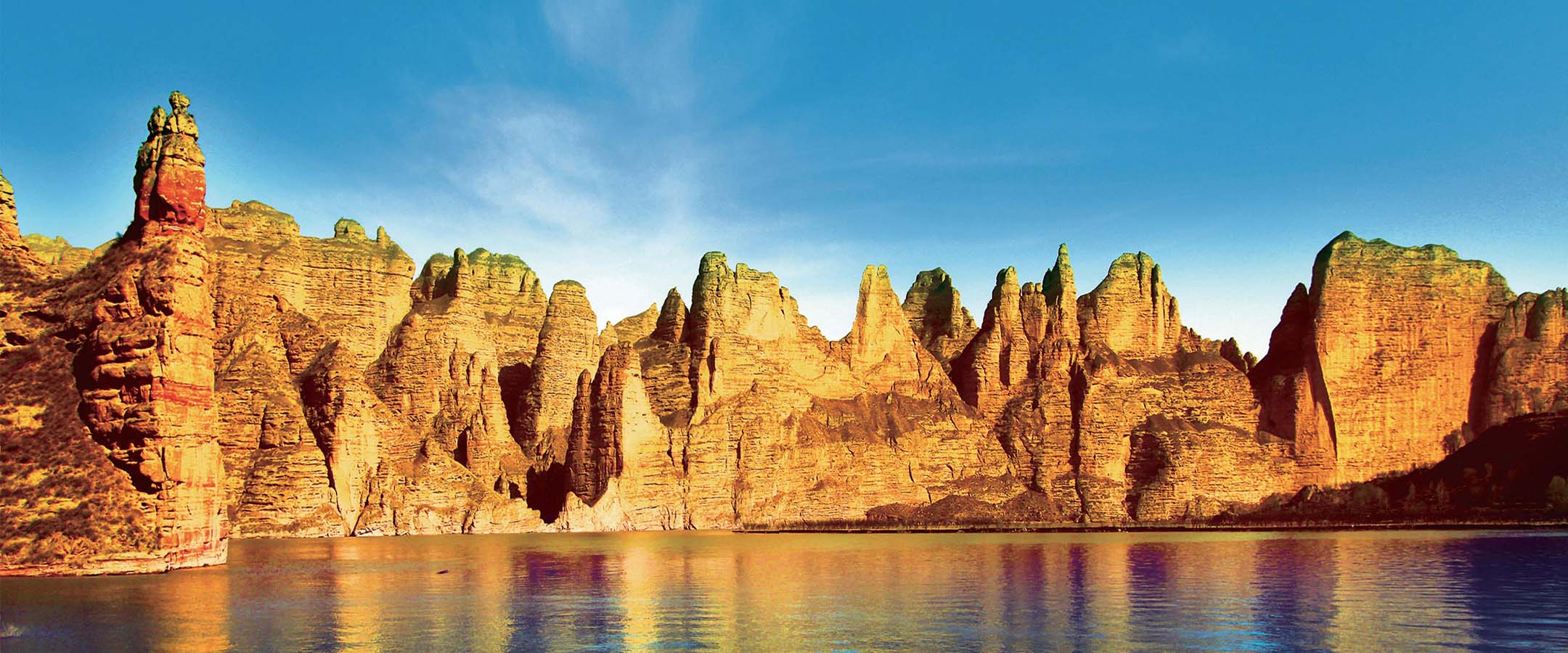地质遗迹保护管理规定
Regulations on the protection and management of geological relics
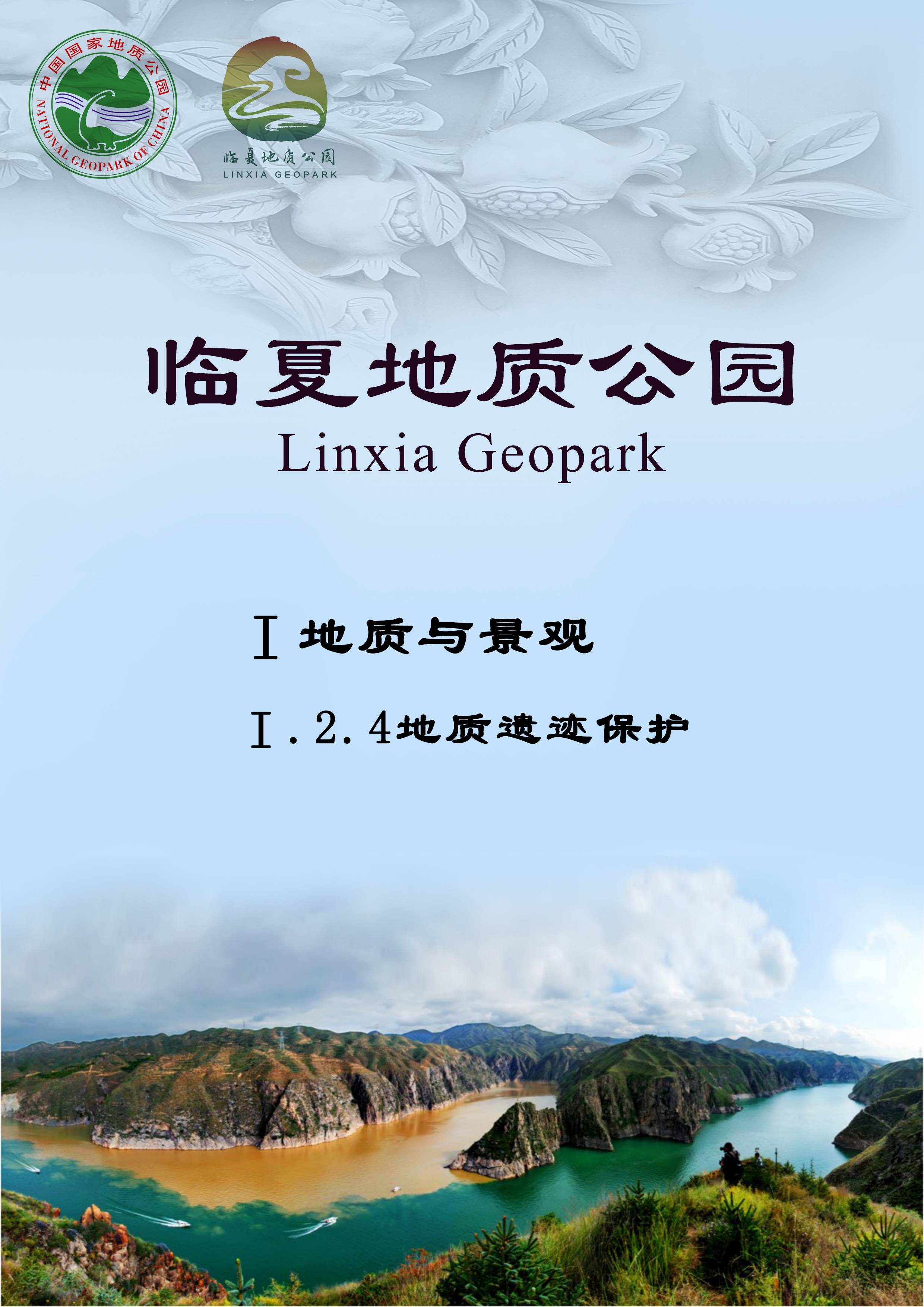
第一章 总 则
第二条 本规定适用于中华人民共和国领域及管辖海域内的各类地质遗迹。
第三条 本规定中所称地质遗迹,是指在地球演化的漫长地质历史时期,由于各种内外动力地质作用,形成、发展并遗留下来的珍贵的、不可再生的地质自然遗产。
第四条 被保护的地质遗迹是国家的宝贵财富,任何单位和个人不得破坏、挖掘、买卖或以其他形式转让。
第五条 地质遗迹的保护是环境保护的一部分,应实行“积极保护、合理开发”的原则。
第六条 国务院地质矿产行政主管部门在国务院环境保护行政主管部门协助下,对全国地质遗迹保护实施监督管理。县级以上人民政府地质矿产行政主管部门在同级环境保护行政主管部门协助下,对本辖区内的地质遗迹保护实施监督管理。 [1]
第二章 地质遗迹的保护内容
第七条 下列地质遗迹应当予以保护:
一、对追溯地质历史具有重大科学研究价值的典型层型剖面(含副层型剖面)、生物化石组合带地层剖面,岩性岩相建造剖面及典型地质构造剖面和构造形迹。
三、具有重大科学研究和观赏价值的岩溶、丹霞、黄土、雅丹、花岗岩奇峰、石英砂岩峰林、火山、冰山、陨石、鸣沙、海岸等奇特地质景观。
四、具有特殊学科研究和观赏价值的岩石、矿物、宝玉石及其他典型产地。
五、有独特医疗、保健作用或科学研究价值和温泉、矿泉、矿泥、地下水活动痕迹以及有特殊地质意义的瀑布、湖泊、奇泉。
六、具有科学研究意义的典型地震、地裂、塌陷、沉降、崩塌、滑坡、泥石流等地质灾害遗迹。
第三章 地质遗迹的保护区的建设
第八条 对具有国际、国内和区域性典型意义的地质遗迹,可建立国家级、省级、县级地质遗迹保护段、地质遗迹保护点或地质公园,以下统称地质遗迹保护区。
第九条 地质遗迹保护区的分级标准:
国家级:
一、能为一个大区域甚至全球演化过程中某一重大地质历史事件或演化阶段提供重要地质证据的地质遗迹。
二、具有国际或国内大区域地层(构造)对比意义的典型剖面、化石及产地。
三、具有国际或国内典型地学意义的地质景观或现象。
省级:
一、能为区域地质历史演化阶段提供重要地质证据的地质遗迹。
二、有区域地层(构造)对比意义的典型剖面、化石及产地。
三、在地学分区及分类上,具有代表性或较高历史、文化、旅游价值的地质景观。
县级:
一、在本县的范围内具有科学研究价值的典型剖面、化石产地。
二、在小区域内具有特色的地质景观或地质现象。
第十条 地质遗迹保护区的申报和审批:
国家级地质遗迹保护区的建立,由国务院地质矿产行政主管部门或地质遗迹所在地的省、自治区、直辖市人民政府提出申请,经国家级自然保护区评审委员评审后,由国务院环境保护行政主管部门审查并签署意见,报国务院批准、公布。
对拟列入世界自然遗产名册的国家级地质遗迹保护区,由国务院地质矿产行政主管部门向国务院有关行政主管部门申报。
省级地质遗迹保护区的建立,由地质遗迹所在地的地(市)、县(市)人民政府或同级地质矿产行政主管部门提出申请,经省级自然保护区评审委员会评审后,由省、自治区、直辖市人民政府环境保护行政主管部门审查并签署意见,报省、自治区、直辖市人民政府批准、公布。
县级地质遗迹保护区的建立,由地质遗迹所在地的县级人民政府地质矿产行政主管部门提出申请,经县级自然保护区评审委员会评审后,由县(市)人民政府环境保护行政主管部门审查并签署意见,报县(市)级人民政府批准、公布。
跨两个以上行政区域的地质遗迹的地质保护区的建立,由有关行政区域的人民政府或同级地质矿产行政主管部门协商一致后提出申请,按照前三款规定的程序审批。
第十一条 保护程度的划分:
对保护区内的地质遗迹可分别实施一级保护、二级保护和三级保护。
一级保护:对国际或国内具有极为罕见和重要科学价值的地质遗迹实施一级保护,非经批准不得入内。经设立该级地质遗迹保护区的人民政府地质矿产行政主管部门批准,可组织进行参观、科研或国际间交往。
二级保护:对大区域范围内具有重要科学价值的地质遗迹实施二级保护。经设立该级地质遗迹保护区的人民政府地质矿产行政主管部门批准,可有组织地进行科研、教学、学术交流及适当的旅游活动。
第四章 地质遗迹保护区的管理
第十二条 国务院地质矿产行政主管部门拟定国家地质遗迹保护区发展规划,经国务院环境保护行政主管部门审查签署意见,由国务院计划部门综合平衡后报国务院批准实施。县级以上人民政府地质矿产行政主管部门拟定本辖区内地质遗迹保护区发展规划,经同级环境保护行政主管部门审查签署意见,由同级计划部门综合平衡后报同级人民政府批准实施。
第十三条 建立地质遗迹保护区应当兼顾保护对象的完整性及当地经济建设和群众生产、生活的需要。
第十四条 地质遗迹保护区的范围和界限由批准建立该保护区的人民政府确定、埋设固定标志并发布公告。未经原审批机关批准,任何单位和个人不得擅自移动、变更碑石、界标。
第十五条 地质遗迹保护区的管理可采取以下形式:
对独立存在的地质遗迹保护区,保护区所在地人民政府地质矿产行政主管部门应对其进行管理。
对于分布在其它类型自然保护区的地质遗迹保护区,保护区所在地质矿产行政主管部门,应根据地质遗迹保护区审批机关提出的保护要求,在原自然保护区管理机构的协助下,对地质遗迹保护区实施管理。
第十六条 地质遗迹保护区管理机构的主要职责:
一、贯彻执行国家有关地质遗迹保护的方针、政策和法律、法规。
二、制定管理制度,管理在保护区内从事的各项活动,包括开展有关科研、教学、旅游等活动。
三、对保护的内容进行监测、维护,防止遗迹被破坏和污染。
四、开展地质遗迹保护的宣传、教育活动。
第十七条 任何单位和个人不得在保护区内及可能对地质遗迹造成影响的一定范围内进行采石、取土、开矿、放牧、砍伐以及其它对保护对象有损害的活动。未经管理机构批准,不得在保护区范围内采集标本和化石。
第十八条 不得在保护区内修建与地质遗迹保护无关的厂房或其他建筑设施;对已建成并可能对地质遗迹造成污染或破坏的设施,应限期治理或停业外迁。
第五章 法律责任
第二十条 有下列行为之一者,地质遗迹保护区管理机构可根据《中华人民共和国自然保护区条例》的有关规定,视不同情节,分别给予警告、罚款、没收非法所得,并责令赔偿损失。
一、违反本规定第十四条,擅自移动和破坏碑石、界标的;
二、违反本规定第十七条,进行采石、取土、开矿、放牧、砍伐以及采集标本化石的;
三、违反本规定第十八条,对地质遗迹造成污染和破坏的;
四、违反本规定第十九条,不服从保护区管理机构管理以及从事科研活动未向管理单位提交研究成果副本的。
第二十一条 对管理人员玩忽职守、监守自盗,破坏遗迹者,上级行政主管部门应给予行政处分,构成犯罪的依法追究刑事责任。
第六章 附 则
第二十三条 本规定由地质矿产部负责解释。
第二十四条 各省、自治区、直辖市人民政府地质矿产行政主管部门可根据本规定制定地方实施细则。
Chapter I General Provisions
Article 2 These Provisions shall apply to all kinds of geological relics within the territory of the people's Republic of China and the sea areas under its jurisdiction.
Article 3 the term "geological relics" as mentioned in these Provisions refers to the precious and non renewable geological and natural heritage formed, developed and left over by various internal and external dynamic geological processes during the long geological history of the earth's evolution.
Article 4 the protected geological relics are the precious wealth of the state. No unit or individual may destroy, excavate, sell or transfer them in other forms.
Article 5 the protection of geological relics is a part of environmental protection, and the principle of "active protection and reasonable development" shall be implemented.
Article 6 the administrative department of Geology and mineral resources under the State Council shall, with the assistance of the administrative department of environmental protection under the State Council, exercise supervision and administration over the protection of geological relics throughout the country. The administrative department of Geology and mineral resources of the people's government at or above the county level shall, with the assistance of the administrative department of environmental protection at the same level, supervise and administer the protection of geological relics within its jurisdiction. [1]
Chapter II protection of geological relics
Article 7 the following geological relics shall be protected:
1、 Typical stratotype sections (including sub stratotype sections), stratigraphic sections of fossil assemblage zones, lithologic and lithofacies formation sections, and typical geological structural sections and structural features are of great scientific research value for tracing geological history.
2、 Fossils and places of origin, such as ancient humans and vertebrates, invertebrates, micro paleontology, ancient plants, and important traces of paleontological activities with important scientific and cultural value for geological evolution and biology.
3、 Karst, Danxia, loess, Yadan, granite peak, quartz sandstone peak forest, volcano, iceberg, meteorite, Mingsha, coast and other peculiar geological landscapes with great scientific research and ornamental value.
4、 Rocks, minerals, gemstones and other typical producing areas with special subject research and ornamental value.
5、 It has unique medical and health care functions or scientific research value, hot springs, mineral springs, mineral mud, groundwater traces, and waterfalls, lakes and strange springs with special geological significance.
6、 Typical earthquake, ground fissure, collapse, subsidence, collapse, landslide, debris flow and other geological disaster remains with scientific research significance.
7、 Other geological relics that need to be protected. [1]
Chapter III construction of protected areas for geological relics
Article 8 for geological relics of typical international, domestic and regional significance, national, provincial and county-level geological heritage protection sections, geological heritage protection points or geoparks may be established, hereinafter referred to as geological heritage protection areas.
Article 9 the grading standards for geological heritage protection areas are as follows:
National level:
1、 Geological relics that can provide important geological evidence for a major geological historical event or evolution stage in a large region or even the global evolution process.
2、 Typical sections, fossils and producing areas with international or domestic significance of regional stratigraphic (structural) correlation.
3、 Geological landscapes or phenomena with typical international or domestic geological significance.
Provincial:
1、 Geological relics that can provide important geological evidence for the evolution stage of regional geological history.
2、 Typical section, fossil and origin with regional stratigraphic (structural) correlation significance.
3、 In terms of geological division and classification, geological landscape with representative or high historical, cultural and tourism value.
county-level:
1、 Typical sections and fossil producing areas with scientific research value within the scope of the county.
2、 Geological landscape or geological phenomenon with characteristics in a small area.
Article 10 application and examination and approval of geological heritage protection areas:
The establishment of a national geological heritage protection area shall be applied for by the administrative department of Geology and mineral resources under the State Council or the people's Government of the province, autonomous region or municipality directly under the central government where the geological relics are located. After being evaluated by the members of the National Nature Reserve, the administrative department of environmental protection under the State Council shall examine and sign opinions, and submit them to the State Council for approval and announcement.
The competent department of Geology and mineral resources under the State Council shall apply to the relevant competent administrative department under the State Council for the state-level geological heritage reserves to be included in the list of world natural heritage.
For the establishment of a provincial geological heritage protection area, an application shall be submitted by the people's Government of the prefecture (city), county (city) where the geological relics are located or the administrative department of Geology and mineral resources at the same level. After being evaluated by the provincial nature reserve assessment committee, the environmental protection administrative department of the people's Government of the province, autonomous region or municipality directly under the central government shall examine and sign the opinions, and report to the people's Government of the province, autonomous region or municipality directly under the central government for approval publish.
An application for the establishment of a county-level geological heritage protection area shall be submitted by the geological and mineral administrative department of the people's government at the county level where the geological relics are located. After being evaluated by the county-level nature reserve assessment committee, the administrative department of environmental protection of the county (city) people's Government shall examine and sign the opinions, and report to the people's government at the county (city) level for approval and announcement.
An application for the establishment of a geological protection zone for geological relics spanning more than two administrative regions shall be submitted by the people's Government of the relevant administrative region or the administrative department for geology and mineral resources at the same level after reaching a consensus through consultation, and shall be examined and approved in accordance with the procedures prescribed in the preceding three paragraphs.
Article 11 division of degree of protection:
The geological relics in the reserve can be protected at the first, second and third levels respectively.
First level protection: the geological relics with extremely rare and important scientific value at home and abroad shall be protected at first level, and shall not be allowed to enter without approval. With the approval of the administrative department of Geology and mineral resources of the people's government that establishes such a geological heritage protection zone, it may organize visits, scientific research or international exchanges.
Secondary protection: the implementation of geological relics with important scientific value in a large area
Article 2 These Provisions shall apply to all kinds of geological relics within the territory of the people's Republic of China and the sea areas under its jurisdiction.
Article 3 the term "geological relics" as mentioned in these Provisions refers to the precious and non renewable geological and natural heritage formed, developed and left over by various internal and external dynamic geological processes during the long geological history of the earth's evolution.
Article 4 the protected geological relics are the precious wealth of the state. No unit or individual may destroy, excavate, sell or transfer them in other forms.
Article 5 the protection of geological relics is a part of environmental protection, and the principle of "active protection and reasonable development" shall be implemented.
Article 6 the administrative department of Geology and mineral resources under the State Council shall, with the assistance of the administrative department of environmental protection under the State Council, exercise supervision and administration over the protection of geological relics throughout the country. The administrative department of Geology and mineral resources of the people's government at or above the county level shall, with the assistance of the administrative department of environmental protection at the same level, supervise and administer the protection of geological relics within its jurisdiction. [1]
Chapter II protection of geological relics
Article 7 the following geological relics shall be protected:
1、 Typical stratotype sections (including sub stratotype sections), stratigraphic sections of fossil assemblage zones, lithologic and lithofacies formation sections, and typical geological structural sections and structural features are of great scientific research value for tracing geological history.
2、 Fossils and places of origin, such as ancient humans and vertebrates, invertebrates, micro paleontology, ancient plants, and important traces of paleontological activities with important scientific and cultural value for geological evolution and biology.
3、 Karst, Danxia, loess, Yadan, granite peak, quartz sandstone peak forest, volcano, iceberg, meteorite, Mingsha, coast and other peculiar geological landscapes with great scientific research and ornamental value.
4、 Rocks, minerals, gemstones and other typical producing areas with special subject research and ornamental value.
5、 It has unique medical and health care functions or scientific research value, hot springs, mineral springs, mineral mud, groundwater traces, and waterfalls, lakes and strange springs with special geological significance.
6、 Typical earthquake, ground fissure, collapse, subsidence, collapse, landslide, debris flow and other geological disaster remains with scientific research significance.
7、 Other geological relics that need to be protected. [1]
Chapter III construction of protected areas for geological relics
Article 8 for geological relics of typical international, domestic and regional significance, national, provincial and county-level geological heritage protection sections, geological heritage protection points or geoparks may be established, hereinafter referred to as geological heritage protection areas.
Article 9 the grading standards for geological heritage protection areas are as follows:
National level:
1、 Geological relics that can provide important geological evidence for a major geological historical event or evolution stage in a large region or even the global evolution process.
2、 Typical sections, fossils and producing areas with international or domestic significance of regional stratigraphic (structural) correlation.
3、 Geological landscapes or phenomena with typical international or domestic geological significance.
Provincial:
1、 Geological relics that can provide important geological evidence for the evolution stage of regional geological history.
2、 Typical section, fossil and origin with regional stratigraphic (structural) correlation significance.
3、 In terms of geological division and classification, geological landscape with representative or high historical, cultural and tourism value.
county-level:
1、 Typical sections and fossil producing areas with scientific research value within the scope of the county.
2、 Geological landscape or geological phenomenon with characteristics in a small area.
Article 10 application and examination and approval of geological heritage protection areas:
The establishment of a national geological heritage protection area shall be applied for by the administrative department of Geology and mineral resources under the State Council or the people's Government of the province, autonomous region or municipality directly under the central government where the geological relics are located. After being evaluated by the members of the National Nature Reserve, the administrative department of environmental protection under the State Council shall examine and sign opinions, and submit them to the State Council for approval and announcement.
The competent department of Geology and mineral resources under the State Council shall apply to the relevant competent administrative department under the State Council for the state-level geological heritage reserves to be included in the list of world natural heritage.
For the establishment of a provincial geological heritage protection area, an application shall be submitted by the people's Government of the prefecture (city), county (city) where the geological relics are located or the administrative department of Geology and mineral resources at the same level. After being evaluated by the provincial nature reserve assessment committee, the environmental protection administrative department of the people's Government of the province, autonomous region or municipality directly under the central government shall examine and sign the opinions, and report to the people's Government of the province, autonomous region or municipality directly under the central government for approval publish.
An application for the establishment of a county-level geological heritage protection area shall be submitted by the geological and mineral administrative department of the people's government at the county level where the geological relics are located. After being evaluated by the county-level nature reserve assessment committee, the administrative department of environmental protection of the county (city) people's Government shall examine and sign the opinions, and report to the people's government at the county (city) level for approval and announcement.
An application for the establishment of a geological protection zone for geological relics spanning more than two administrative regions shall be submitted by the people's Government of the relevant administrative region or the administrative department for geology and mineral resources at the same level after reaching a consensus through consultation, and shall be examined and approved in accordance with the procedures prescribed in the preceding three paragraphs.
Article 11 division of degree of protection:
The geological relics in the reserve can be protected at the first, second and third levels respectively.
First level protection: the geological relics with extremely rare and important scientific value at home and abroad shall be protected at first level, and shall not be allowed to enter without approval. With the approval of the administrative department of Geology and mineral resources of the people's government that establishes such a geological heritage protection zone, it may organize visits, scientific research or international exchanges.
Secondary protection: the implementation of geological relics with important scientific value in a large area

